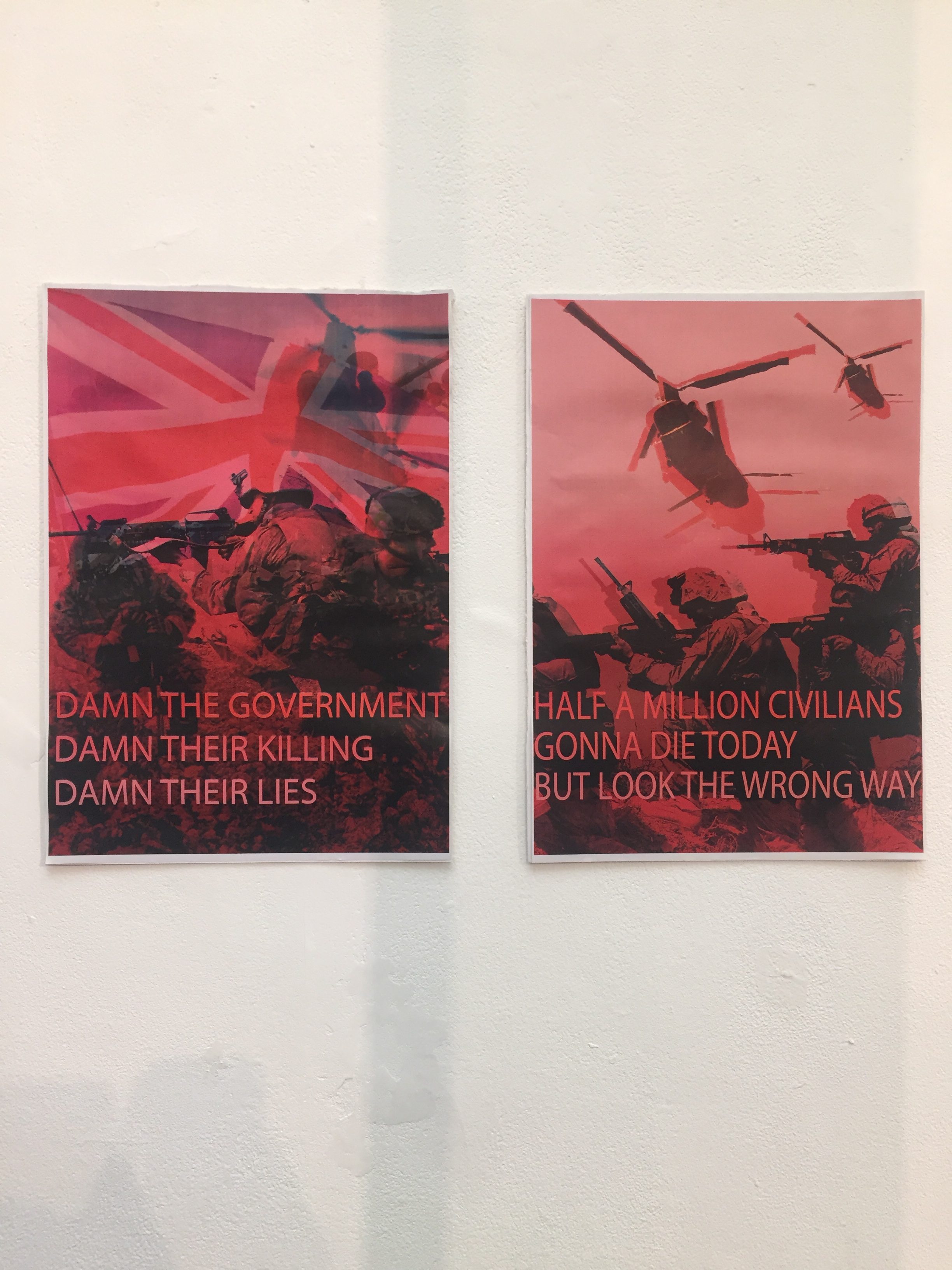In Richard Serra’s text, he is saying that the traditional idea of the artist’ studio has been replaced with industrial and urban sites. The way that sculptures were made before the mid-century was manifested through a relationship that the sculptor had with their studio.
Although sculptors may now be mass manufacturing artwork in factories etc., they don’t pay any attention to the habitat where they are creating the pieces or their history, for instance, the industrial revolution. Some artists have based an entire career on mass producing artwork, such as Andy Warhol, and in Serra’s words, ‘by mimicking the strategies of the media, Warhol became the master of art as a commercial enterprise.’
In the 1990’s when this piece was written by Serra, some of the most famous artists were Damian Hirst and Rachel Whiteread. This article could’ve been aimed at them as sculptors, with Serra implying that artists don’t have a relationship between the site where the piece was created and where they may have been relocated.
In “From Other Criteria” by Leo Steinberg, he is very focused on how artists compose their pieces in relation to the natural human form. He states that ‘It is not the actual physical placement of the image that counts.’ This is because in his mind, the piece is positioned as portrait or landscape due to how the artist created it in terms of their form.
Art in 1970’s New York was changing and performance art was becoming very popular, which explains why Steinberg decided to write about the human form in relation to artwork. The way that art was rapidly changing and adapting meant that critics were struggling to determine what was art and what wasn’t.

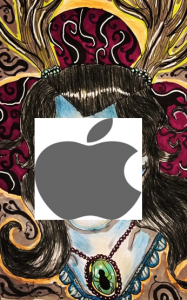
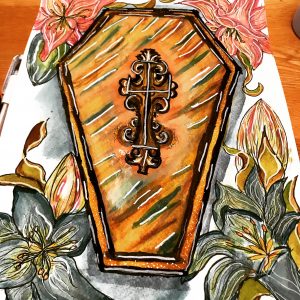
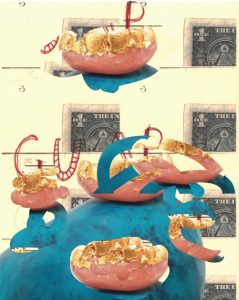
 Art from Google’s Magenta project
Art from Google’s Magenta project
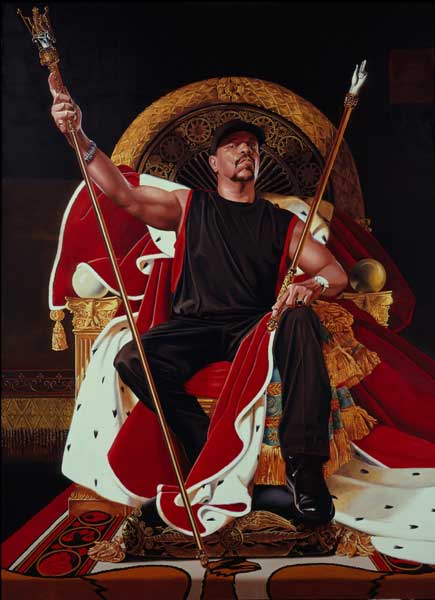 Kehinde Wiley Ice-T, 2005
Kehinde Wiley Ice-T, 2005